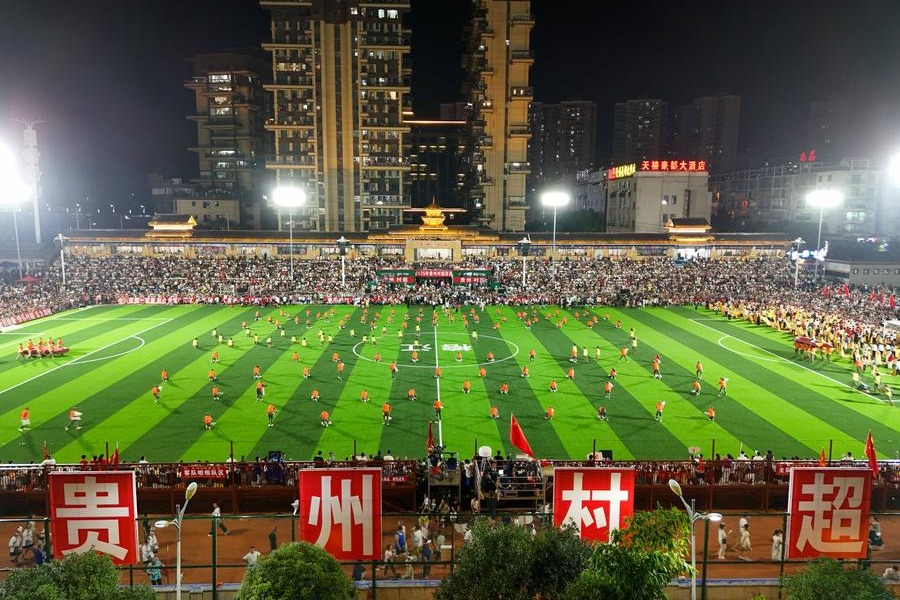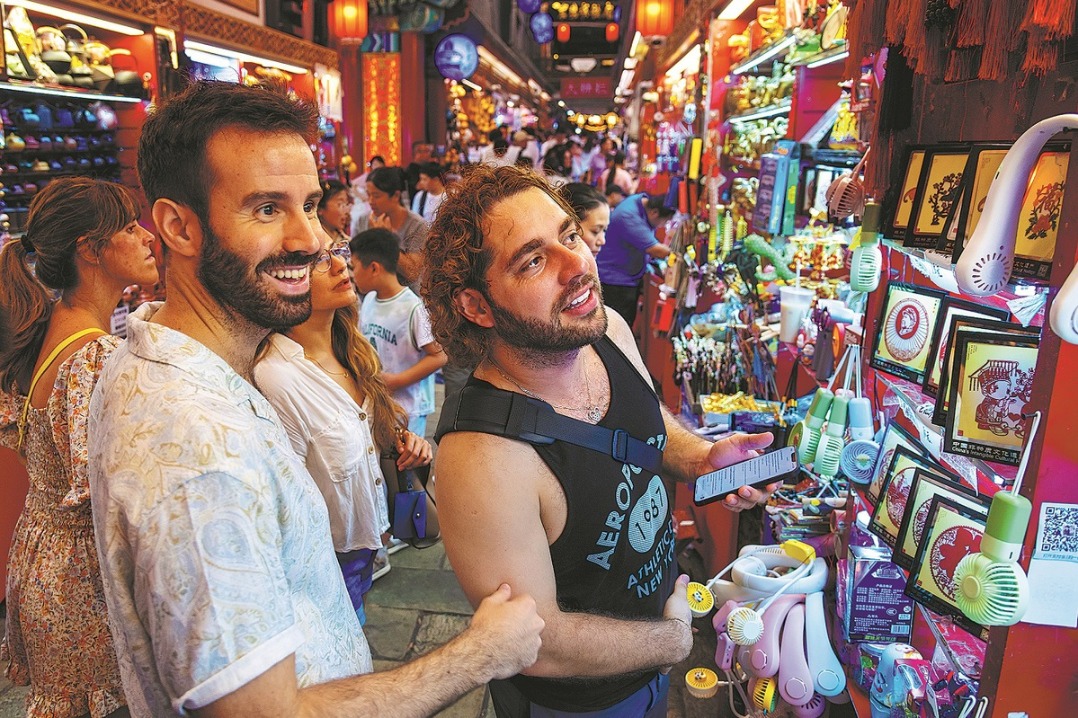SEEDING THE FUTURE OF FOOD

Seeds are the "chips" of agriculture. Academian Yuan Longping spent more than 50 years turning a wild rice seed into a "super rice" that benefits the world.
Spring is the season for sowing. The Hunan Provincial Crop Germplasm Resource Bank, within the Hunan Academy of Agricultural Sciences, preserves, inspects and breeds the little-known crop seeds every day. The resource bank is the first comprehensive public service platform for the conservation and utilization of crop germplasm resources in Hunan.
Its total construction area is nearly 700 square meters, of which the low temperature control area covers an area of 350 sq m. There are five warehouses including long, medium and short-term, as well as parental and adjustable repositories. It also has six functional areas: strategic resource protection, basic resource preservation, resource display and exchange, resource information management and resource pre-processing.
The resource bank is the current effective and safe preservation method of crop germplasm. Preservation includes more than 10 processes. These involve receiving and registering seeds, checking weights, cleaning and selecting, vigor testing, drying and dehydration, moisture measurement and seed packaging before storage. Seed distribution, germination monitoring and reproduction update after delivery are also included.
In the long-term repository of the resource bank, germplasm resources are "hibernating" in a low temperature environment. Rows of 4-meter-high shelves are closely arranged, and each layer of the shelves is densely stored with small round golden boxes. Inside the box is a seemingly inconspicuous seed, but it records the genetic secrets of various crops for thousands of years. As one of the country's most important strategic resource reserves, these germplasm resources can be stored here for more than 50 years and can be easily awakened at any time of need.
"The temperature of the long-term repository is -18 C, and the seed preservation time is more than 50 years; the temperature of the medium-term repository is -4 C, which is mainly used for the distribution and utilization of germplasm resources; the temperature of the short-term repository is 4 C, which is used for short-term preservation of materials," says Dr Tang Xiao, a researcher at the resource bank. At the same time, the resource bank should regularly measure the germination rate of germplasm, and multiply when it is lower than 75 percent to ensure the activity of the resource.
Right now is the spring ploughing season, and the technicians in the scientific research and demonstration base of Hunan Rice Research Institute are busy with the seedling test of small rice varieties.
"These rice seeds were collected by my father Duan Chuanjia's generation of resource workers in the 1970s and kept in the warehouse in the 1990s. Now we have to take them out to check their traits and prepare for renewal and reproduction to maintain the vitality of the seeds," says Duan Yonghong, the person in charge of the resource bank.
The germplasm resource bank not only provides basic materials for researchers to create new varieties (such as new hybrid rice varieties), but also provides convenience for the purification and rejuvenation of dominant local varieties, with significant social and economic benefits. For example, the fragrance of Jiangyong Fragrant Rice, for various reasons, diminishes when farmers plant a range of varieties at the same time. The Jiangyong Fragrant Rice resources preserved in the germplasm resource bank have recovered the fragrance by purifying and rejuvenating the preserved seeds.
At present, the resource bank has collected and preserved more than 30,000 germplasm resources from 59 countries and regions and 32 provinces (municipalities and autonomous regions), and has built the world's largest pepper germplasm resource bank, which has been distributed to 18 provinces. Nearly 30,000 copies of germplasm resources have completed the complementary exchange of advantages between Hunan and the national germplasm resources platform, and supported the construction of the National Biological Seed Industry Technology Innovation Center, the National Center of Technology Innovation for Saline-Alkali Tolerant Rice, and strategic development of Hunan's seed industry.
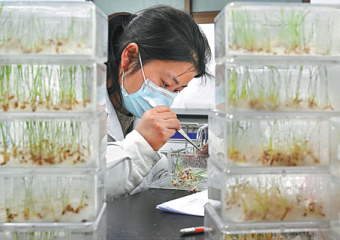
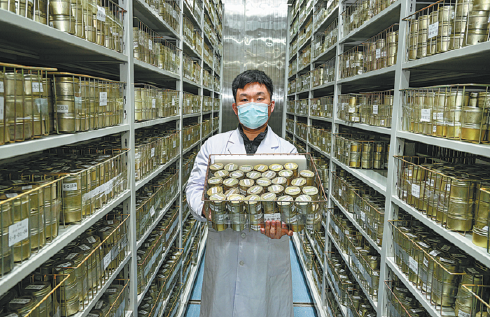

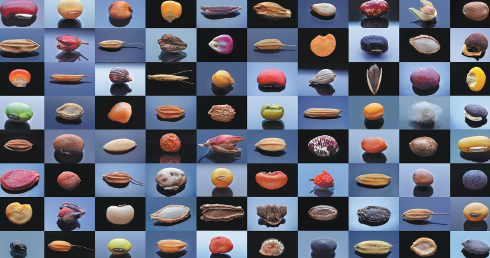
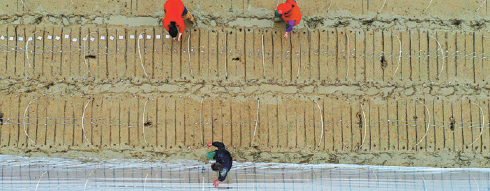
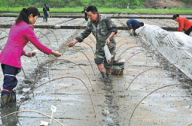
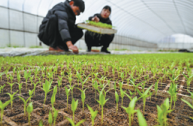
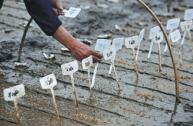
Today's Top News
- China's industrial profits down 1.8% in H1
- Thailand responds to Trump's ceasefire call
- Recall vote shows DPP's manipulation runs against Taiwan people's will: mainland spokesperson
- Top DPRK leader visits China-DPRK Friendship Tower
- China proposes global cooperation body on AI
- Scholars propose inclusive human rights framework

















